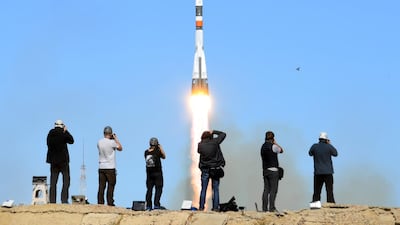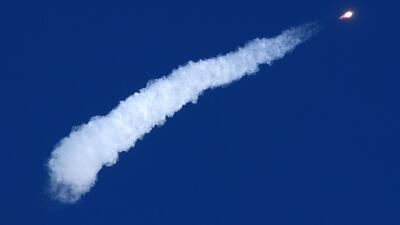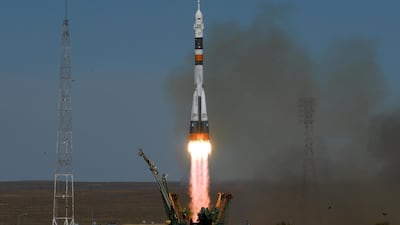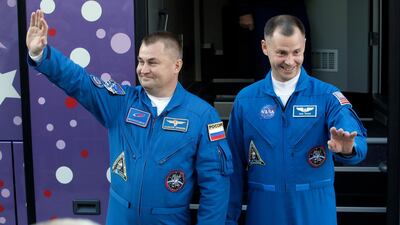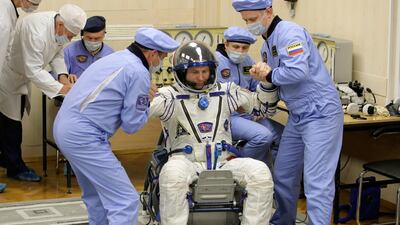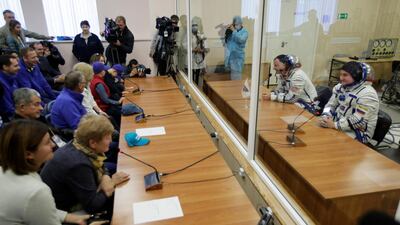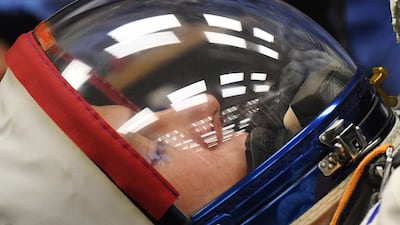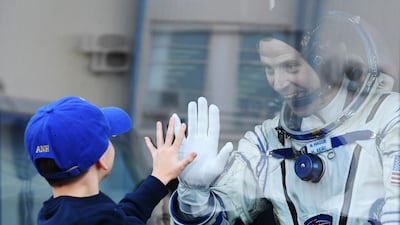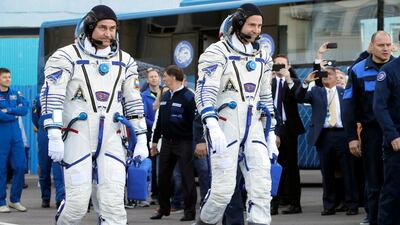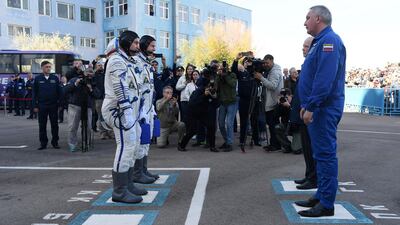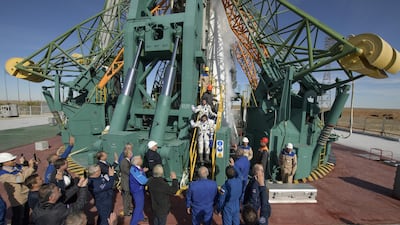Russian and American astronauts destined for the International Space Station safely made an emergency landing after an engine malfunction during takeoff on Thursday.
A Russian rescue mission found both members of the crew alive and well about 12 to 15 miles outside a small city in central Kazakhstan.
An issue with the booster rockets shortly after takeoff meant the crew had to make an emergency landing, freefalling instead of using propulsion.
The crew contained American astronaut Nick Hague and Russian cosmonaut Alexey Ovchinin.
Both of the astronauts feel "good, as well as possible after experiencing such g-forces."
Footage from inside the rocket show the two men being shaken at the moment the fault occured, their arms and legs flailing.
A transport plane dropped a team of paratroopers to the site to make first contact with the crew, while helicopters were dispatched to pick up the astronauts.
Astronauts already on the International Space Station were preparing to welcome two new members to the satellite station, but have since changed their plans.
The crew launched at 12:40 (UAE time) from the Baikonur Cosmodrome in Kazakhstan. But eight minutes after takeoff, Nasa tweeted there was an issue with the booster.
They later clarified that the issue caused the boosters to switch off. The spacecraft was able to separate with the booster and return to earth using the backup ballistic descent mode.
Russia immediately suspended all manned space launches and set up a state commission to investigate what had gone wrong.
Ballistic descent subjects astronauts to a heavy g-load and is only used in emergencies. The module lands at a steeper angle than they would in a normal landing.
Rescue crews are expected to reach the crew at approximately 14:30 (UAE time).
The spacecraft was a Russian Soyuz MS-10 and it was on expedition 57/58 to the International Space Station.
The use of ballistic descent has proved controversial in the past, raising questions over the safety of the Soyuz rocket. The crew can reduce g-loads significantly by gently spinning the module.
Watch the NASA live stream here:
_______________
Read more:
'Crazy' billionaire speaks for the first time of his plans for an artistic mission to the Moon
Two Nasa astronauts and Russian cosmonaut land in Kazakhstan after ISS mission
